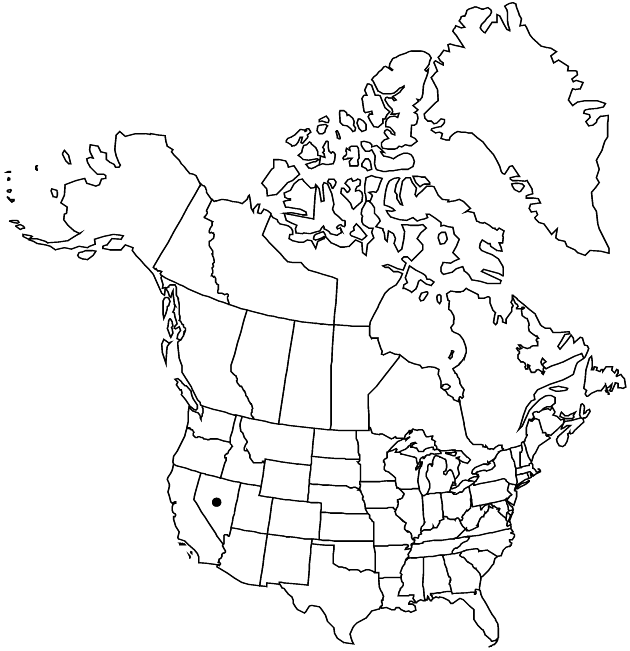Erigeron ovinus
Brittonia 6: 164. 1947.
Perennials, 5–15 cm; taprooted, caudices multicipital, sometimes with relatively short and thick branches. Stems erect to ascending, densely hirsutulous (hairs deflexed) to spreading-hirsute at least proximally, eglandular. Leaves basal (persistent) and cauline; basal blades sometimes 3-nerved, usually spatulate, sometimes oblanceolate to obovate, 10–40 (–70) × 2–7 (–13) mm, cauline gradually reduced distally (bases greenish, herbaceous, not thickened), margins entire, densely hirsute to hirsutulous, eglandular. Heads (discoid) 1 (–2). Involucres 5.5–8 × 7–14 mm. Phyllaries in 2–3 series, glabrous or sparsely hirtellous, densely minutely glandular. Ray (pistillate) florets 0. Disc corollas 4–5.8 mm. Cypselae ca. 2 mm, 2-nerved, faces sparsely strigose; pappi: outer of setae, inner of 15–25 bristles.
Phenology: Flowering Jun–Aug.
Habitat: Rock crevices and ridges, pinyon-juniper, yellow pine, fir
Elevation: 1100–2600 m
Discussion
Of conservation concern.
Selected References
None.
Lower Taxa
"thick" is not a number.
